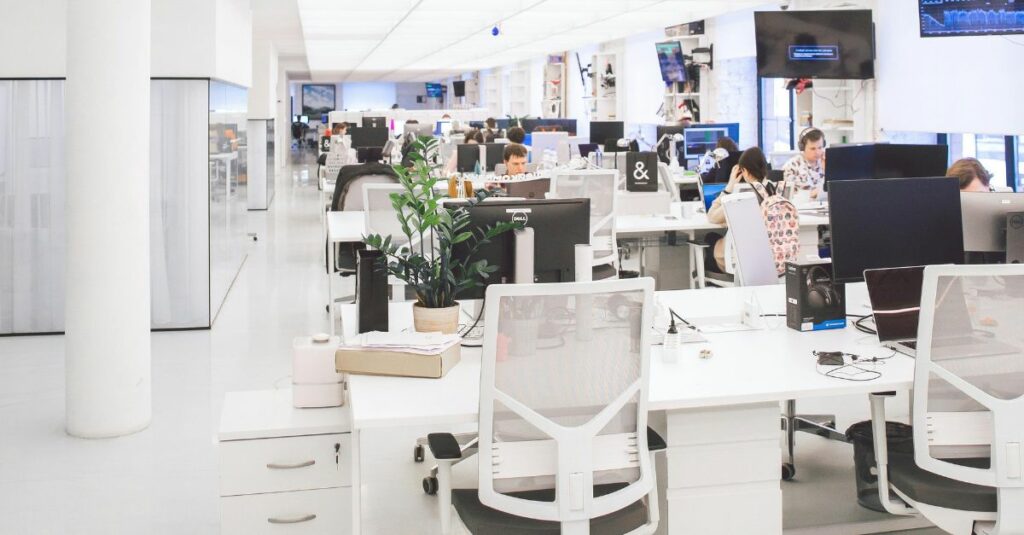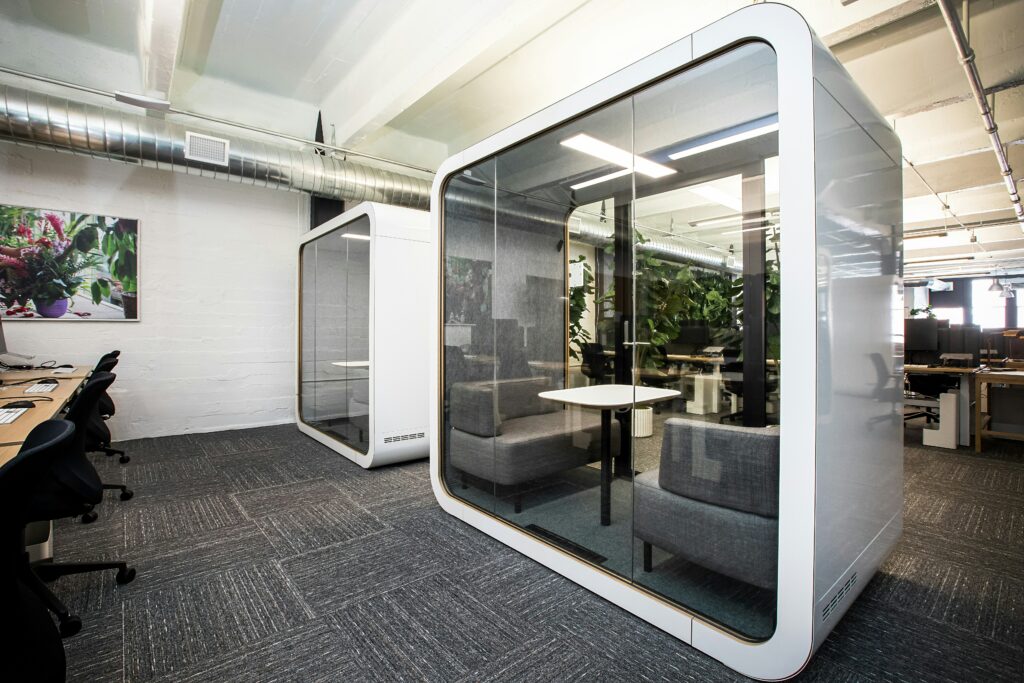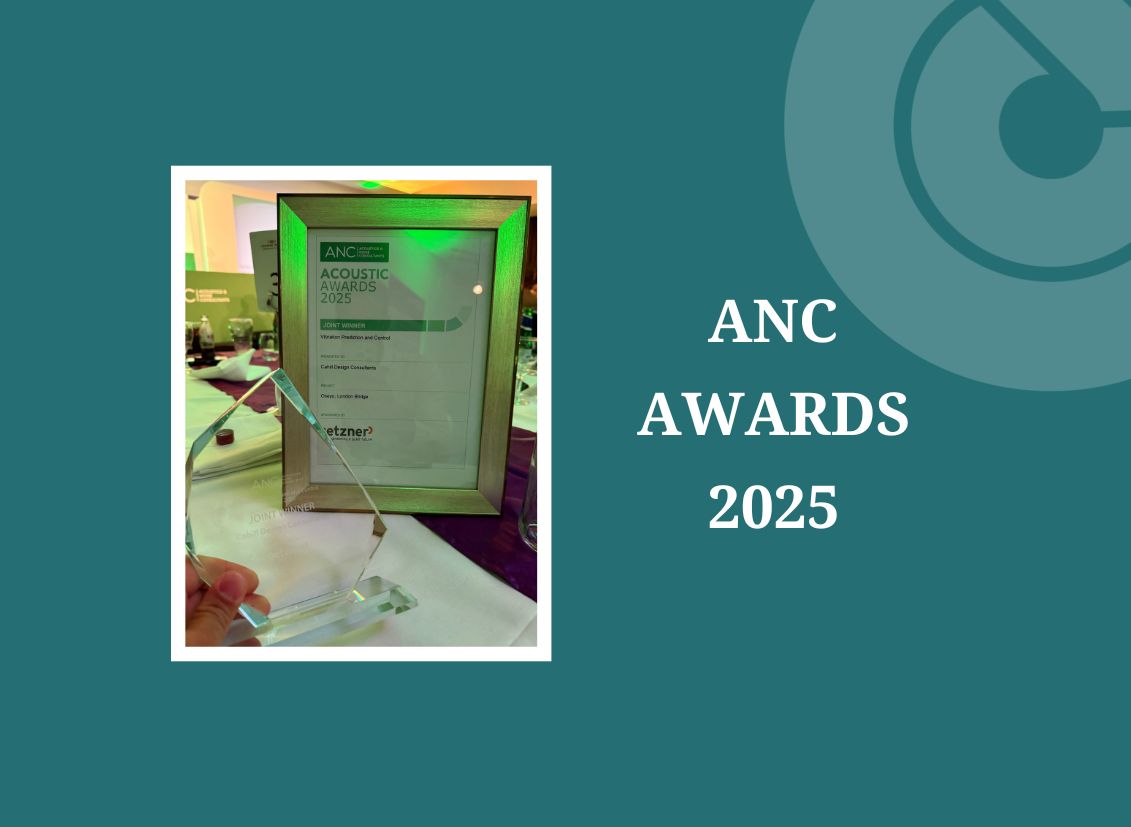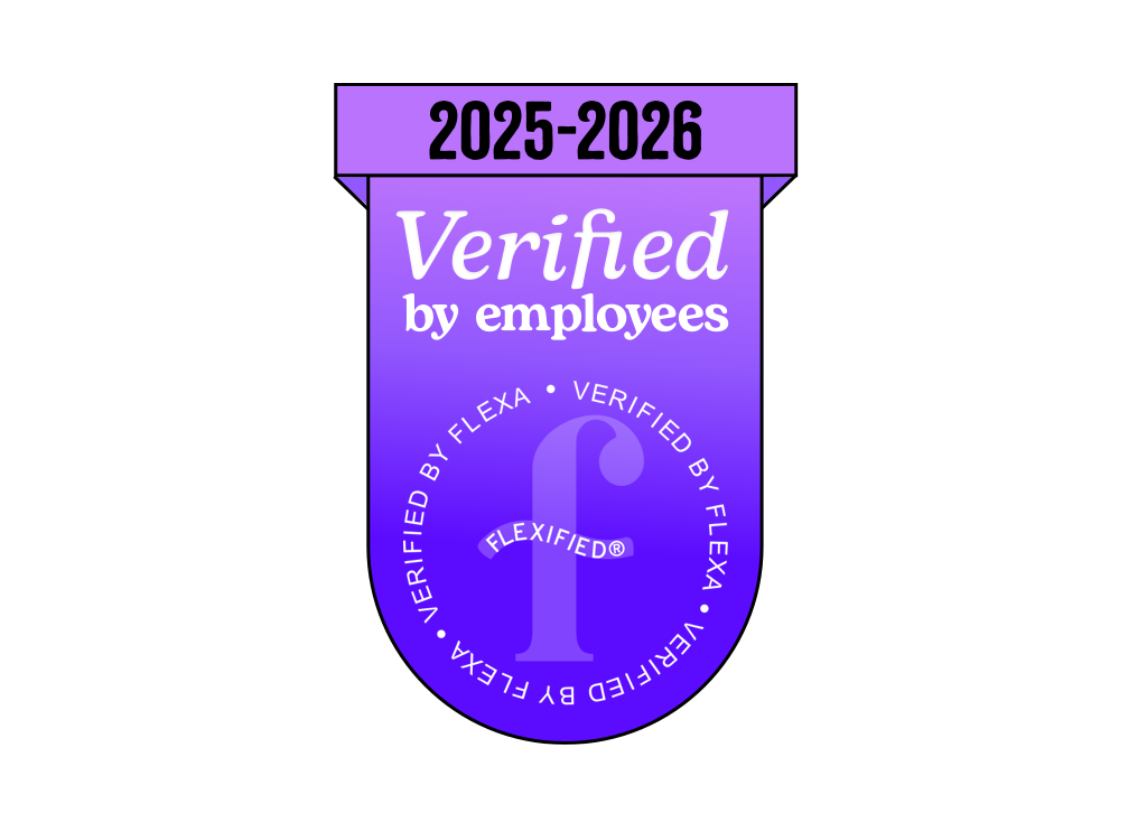Author: Teli Chinelis, Associate Acoustic Consultant, Cahill Design Consultants
Open plan, cellular or cubicles? While open-plan layouts in the workplace have captured the zeitgeist, today’s businesses need a much more refined approach.
While open-plan offices are designed to encourage collaboration, research published in 2018 by Oxford Economics found that more than half of employees say poor office acoustic design reduces their productivity and makes them unhappy. Many feel compelled to solve the problem on their own, blocking out distraction through visits to break out spaces, taking walks outside, or listening to white noise and music on headsets or headphones.
By contrast, people working in isolation, for example at home, are as much as 56 percent more productive according to a study of 13,000 employees carried out in the US by John Olson of BOSTI Associates.

The single most important factor in determining productivity was the ability to do distraction-free work. Since the level of control we have over an environmental factor is very significant when determining the level of annoyance induced. Isolation creates its own challenges, but it does at least get around the problem of noise and interruptions.
A 2015 analysis of 100 research papers found that just 25% of the effect of noise in the office could be attributed to its volume. Similarly, a German psycho-acoustic study indicates that only about 30 – 40 % of the annoyance due to noise can be attributed to so-called “acoustic factors”. More than half of the effect is due to psychological factors such as context and attitude, perceived control and predictability and personality type. Noise is a psychophysical phenomenon and as long as we continue to focus on physical metrics and disregard the psychological component, we will never resolve the biggest and often ignored problem of noise in the workplace.
Therefore, can you really solve the number one issue in modern office design solely via bringing in acoustic consultants or even acoustic absorptive panel suppliers? I am afraid you have to dig deeper in order to successfully address this, the most pertinent of issues.
The demands of 21st-century workplaces call for a more rounded approach. Experts working together to offer a combined psychological, physiological and physical solution to acoustic problems.

Workplace data from 2019 by the Gensler Research Institute disproves the current negative narrative surrounding the open office debate. It uncovers the right way to invest in work-focused amenities, including coworking, that result in higher employee engagement, business performance, and profit.
Gensler has identified four main “work modes” throughout the day: collaborating, focusing, learning and socializing. Some require privacy and some don’t. The most innovative companies understand this and, as Gensler has found, are five times more likely to prioritize both individual and group spaces, balancing focus and collaboration.
For employers looking to create a great workplace experience to entice and retain top talent, there are four things companies can implement to optimize employees’ performance in the workplace:
- Design open environments to include private space. Give control to your employees by providing easy access to informal meeting areas, breakout and brainstorming rooms. Provide quiet areas for the staff to retreat to. This includes quiet booths and pods, phone-free desk areas or a library-type space plus the option to work from home occasionally. Good design and visual cues can be used to indicate how people should behave in a space and the expected noise levels. (e.g. consider the layout and design of a library compared with a café).
- Avoid generating noise distraction. (e.g. do not provide phones in open-plan or meeting tables in the middle of workstations where people are carrying out work requiring concentration). Locate noisy teams together and away from the quieter teams. Co-locate team members, because people are more tolerant of noise from their own team. (And this means you may have to reconsider hot desking). Consider the personality of the staff and perhaps separate the extroverts who thrive in noisy environments from the introverts who prefer quiet environments.
- Use good acoustic design. (e.g. BCO Guide to Specification (2019), BCO Guide to Fit Out (2011) and most importantly ISO 22955 “Acoustic Quality of Open Office Spaces”) to reduce speech intelligibility across open-plan areas and noise transference between rooms. If sound masking is to be used, consider using more natural soundscapes (e.g. water features) rather than white noise.
- Introduce some form of office etiquette. Reinforcing consideration towards colleagues. This ought to include behaviour around phone use, loud conversations, music, headphones, managing interruptions, how different workspaces are used and so on. Educate the staff about how the office layout works, the facilities available to them and how they can control noise disruption. If required, explain and justify why there is a noisy/buzzy environment.

Based on research across 11,336 employees in 40 ‘activity-based’ workplaces (where employees can select a series of different spaces that best supports the particular activity being undertaken), these employees rarely work in an activity-based way. In short, employees don’t just change the working habits of a lifetime because employers tell them to.
The 2023 Gensler survey shows people spend 42% of time working with others, with 28% of that still in-person. And now, with the increasing option of hybrid working, offices need to offer a great experience to become the ‘destination of choice’ for a day’s work. This further confirms the need for a mix of spaces to achieve a balanced workplace.
Great organisations build a business framework that enable their employees to do their best work. And the workplace is integral in this equation. Offices are assets – tools in talent management strategies, gears in product innovation, instruments in brand development and organisational performance. Workplace strategies ought to support business competitiveness, not by cost mitigation but through increasing employee engagement, loyalty and output. We still see far too many workplaces that are simply not fit for purpose. That represents a huge, missed opportunity for business leaders.
For more information on acoustics and how we can help, visit our Acoustic Services page.
Read our Case Study demonstrating our open-plan office acoustic solutions here – The Interchange Building, Croydon.





